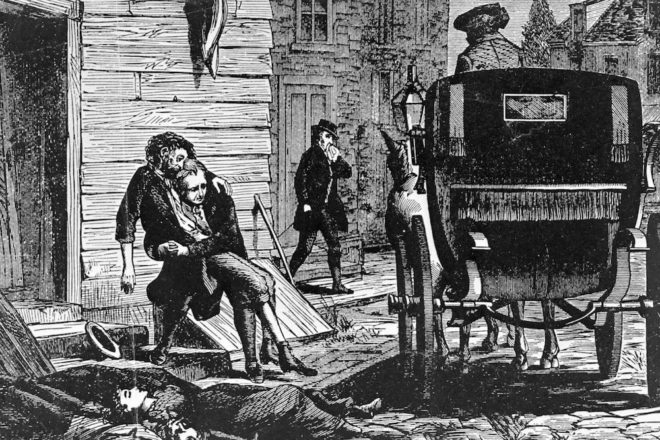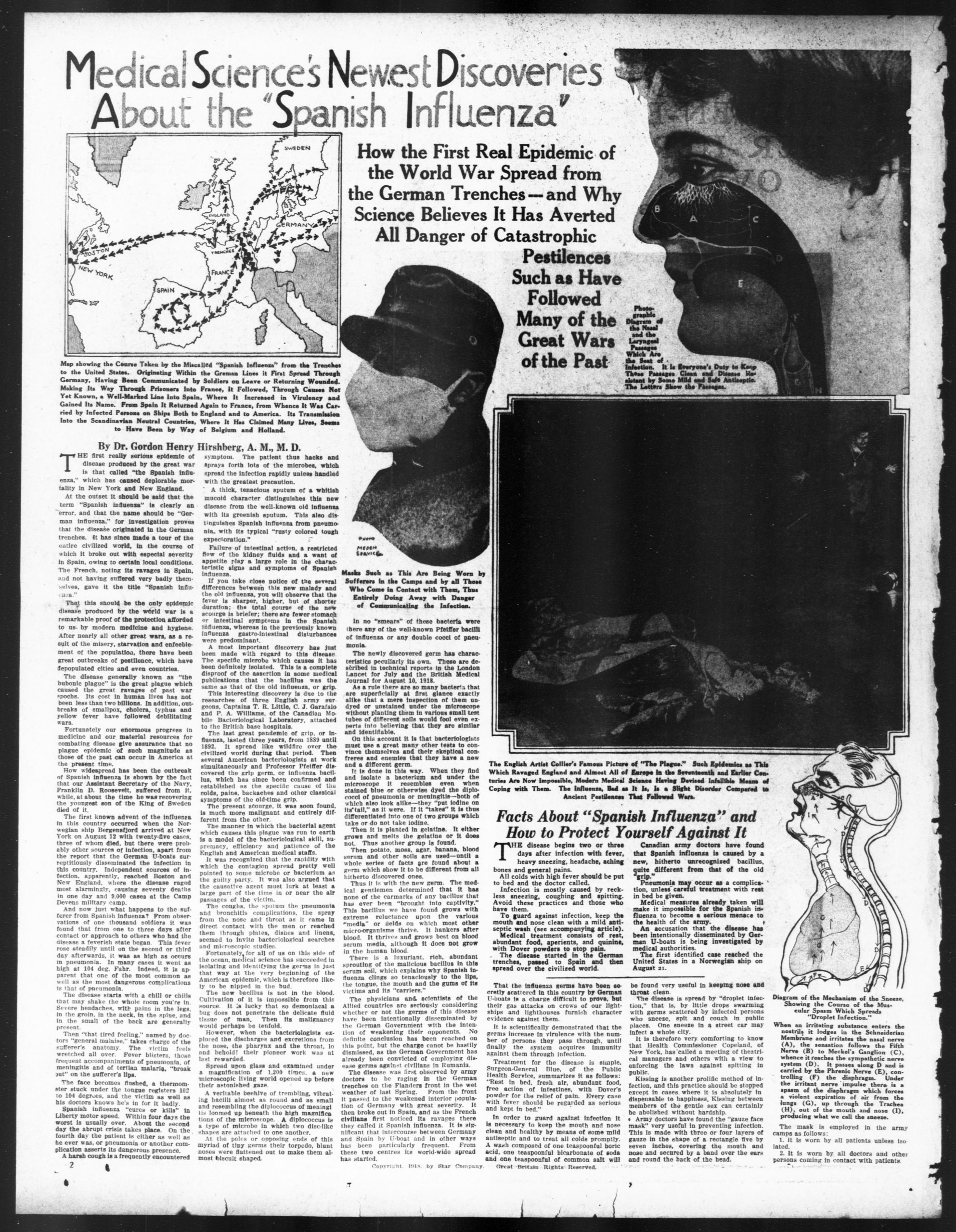Learning About Epidemics & Family History Gives Us Perspective
Knowing what kinds of diseases plagued our ancestors during their lifetime can help us put COVID-19 in perspective. We have family members who survived epidemics and disease, and we are here as a result. Learning what they experienced helps give us a realistic perception of what their life was like during previous epidemics.
Yellow Fever

A woodcut from 1793 shows Stephen Girard taking a man infected with yellow fever to Bush Hill in his personal carriage. | Image: Public Domain
I was reading about the Yellow Fever pandemic. According to the PBS website American Experience, there were a least nine outbreaks between 1793 and 1905. The total death toll was around 45,000 people. That's an average of about 5,000 during each outbreak. The stats show as many as 8,000 in the summer of 1853 in New Orleans and 20,000 died between May and October 1878 in the Mississippi Valley during the Exodus to Kansas. As few as 730 died in 1795 in New York City. These numbers show that there were fluctuations across the country at various times, just like now.
Spanish Flu
The Influenza Pandemic known as the Spanish Flu is estimated to have infected 500 million people worldwide during 1918 and 1919. The death toll was said to be at least 50 million people (675,000 in the U.S.). When you put it into perspective, our ancestors endured more tragedy than we can imagine. Think about them wearing face masks and struggling with resistance just like we have today. Becky Little wrote an article at History.com about the problems they faced wearing face masks to avoid getting the flu that compares to what we face today.

The Washington times. , October 06, 1918, NATIONAL EDITION, The American Weekly Section, Image 22 About The Washington times. (Washington ) 1902-1939
Little wrote,
local governments rolled out initiatives to try to stop its spread. These varied by region, and included closing schools and places of public amusement, enforcing 'no-spitting' ordinances, encouraging people to use handkerchiefs or disposable tissues and requiring people to wear masks in public.
It was during one of these outbreaks that my third great grandmother died in Lawrence, Kansas. She was 78 years old. I don’t know how she contracted it or what she endured, but the outbreak started in Kansas in March and by April she had contracted it and perished. I can imagine that her daughter, who she lived with, and her grandchildren wore a mask to protect themselves.
It helps to know about our ancestors’ death experience. It gives their lives more depth. It can even shed light on our own experience. I didn’t know my third great grandmother, her children or her grandchildren. But I know more about her life because of what I learned from the history of the pandemic she succumbed to. That helps me put the current health crisis into perspective.














